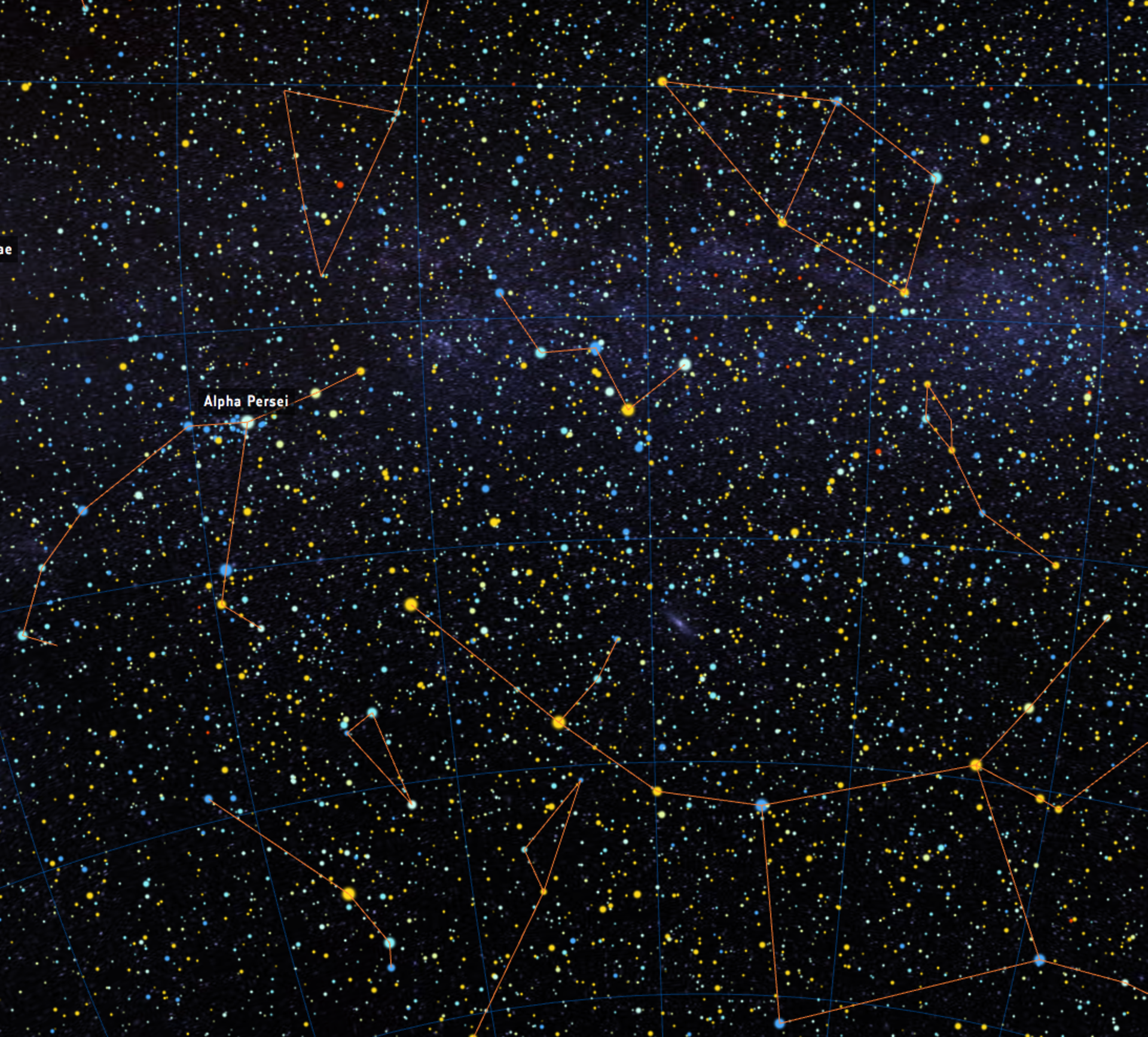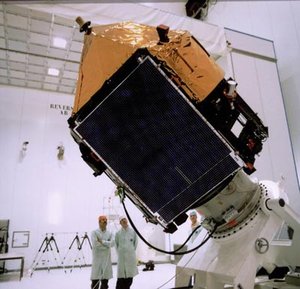Hipparcos science highlights
Pinpointing the stars, their motion and distance
Named for the great classical star mapper, Hipparchus the Greek (190-120 BC), Hipparcos is also an acronym for High precision parallax collecting satellite.
Hipparcos launch on 8 August 1989. This European mission pinpointed the positions of more than one hundred thousand stars with high precision, and more than one million stars with lesser precision.
Hipparcos turned slowly on its axis and repeatedly scanned right around the sky on different slants. It measured angles between widely separated stars, and recorded their brightness, which were often variable from one visit to the next. Each star selected for study was visited about 100 times during four years.
Key discoveries
- A thousand million bits of information, radioed from Hipparcos to ground stations in Germany, Australia, and the United States, went into the biggest computation in the history of astronomy.
- Hipparcos confirmed Einstein's prediction of the effect of gravity on starlight.
- Hipparcos discovered that the Milky Way is changing shape.
- Hipparcos data helped predict the impact of Comet Shoemaker-Levy with Jupiter in 1994.
- The mission generated two main catalogues of star data: the Hipparcos catalogue of high-precision measurements of 118218 stars and the Tycho catalogue with measurements, with less precision, of more than 1 million stars. In 2000, the Tycho 2 catalogue, with data for 2.5 million stars, was produced.


Access the video














 Germany
Germany
 Austria
Austria
 Belgium
Belgium
 Denmark
Denmark
 Spain
Spain
 Estonia
Estonia
 Finland
Finland
 France
France
 Greece
Greece
 Hungary
Hungary
 Ireland
Ireland
 Italy
Italy
 Luxembourg
Luxembourg
 Norway
Norway
 The Netherlands
The Netherlands
 Poland
Poland
 Portugal
Portugal
 Czechia
Czechia
 Romania
Romania
 United Kingdom
United Kingdom
 Slovenia
Slovenia
 Sweden
Sweden
 Switzerland
Switzerland




























